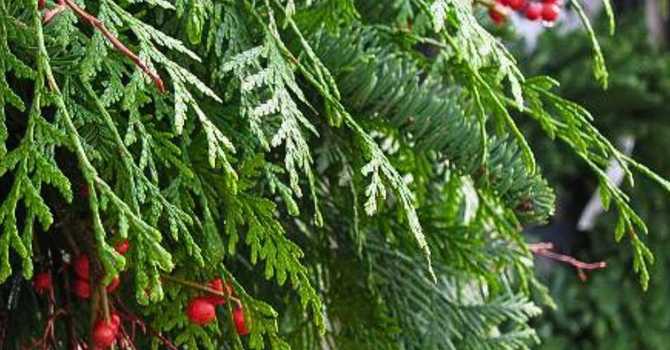
“What is that amazing smell?!”
is not a question you normally hear in fall, but there are a few ‘stop you in your tracks’ fragrances right now, courtesy of:
Camelia sasanqua
There are a few varieties of sasanqua that emit a light fragrance, but even if it is light, they attract bees, making them a good option for a pollinators. The fragrant variety we currently carry is ‘Setsugekka’, with crisp white blooms and golden yellow stamens. Though camelias are not hardy for our area and require winter protection, when planted in a sheltered, partly sunny to brightly shaded spot in good, well-drained soil, they typically do quite well in the area. Sasanqua varieties can grow from approximately 6-10′ high and 5-8’ wide depending on variety, so please check tags for details.
‘Sweet Autumn’ Clematis
Our feature plant last month, this fast growing vine, once established, will offer masses of small white blooms with a delightfully fragrant scent. A bonus for those who want privacy and perfume!
Daphne ‘Eternal Fragrance‘
The small white/soft pink bloom clusters of this daphne carry a fragrance far beyond the plant itself. Ultimately growing to 3’x3’, it is hardy to zone 6, and will hold onto its foliage in mild winters. Must have really good, well-drained soil to grow in and appreciates a sheltered spot, in sun to part sun.
Katsuras
You don’t often get a tree on a fragrance list, but the fall foliage of katsuras smells like carmelized sugar or cotton candy, which is a treat to smell (just not to eat)! Katsuras are a larger growing tree but weeping varieties are available as well (we have one at the end of our rose area!). They prefer full sun and well-drained soil.
Osmanthus (False Sweet Olive)
They may be tiny, but the white blooms of this small leafed osmanthus offer big aroma! Though only hardy to zone 7, this evergreen shrub makes a lovely addition to the sheltered sunny garden, ultimately growing to about 4-5’ high and 4’ wide (it’s not a super fast grower). Foliage is holly-like, and new growth emerges bright yellow. Very attractive, and worth the effort to protect in winter so that you can enjoy it for years to come!
Lilac ‘Bloomerang’
Folks who grow this lilac benefit from a second flush of perfumed blooms late summer to early fall! Not only is this a benefit to the sniffer, since it is pollinator plant it is a good source of food to bees and butterflies still circulating at this time of year. Hardy to zone 4, they ultimately grow to 5-6′ high and wide, and prefer full sun.
Roses
They are slowing down in the cool weather but many roses are still blooming strong,especially if spent blooms were cut back as they finished over the summer. Remember, only give roses a tidy up at the end of the season; save the harder pruning for the spring. The strength of fragrance and growth habit of each rose is variety specific, so please refer to tags for details. Another fall benefit of some roses, particularly the ‘Alba’ rugosa rose, are the rose hips that form in the fall. They add great colour and interest to the garden, and make a pretty tasty jelly too!


